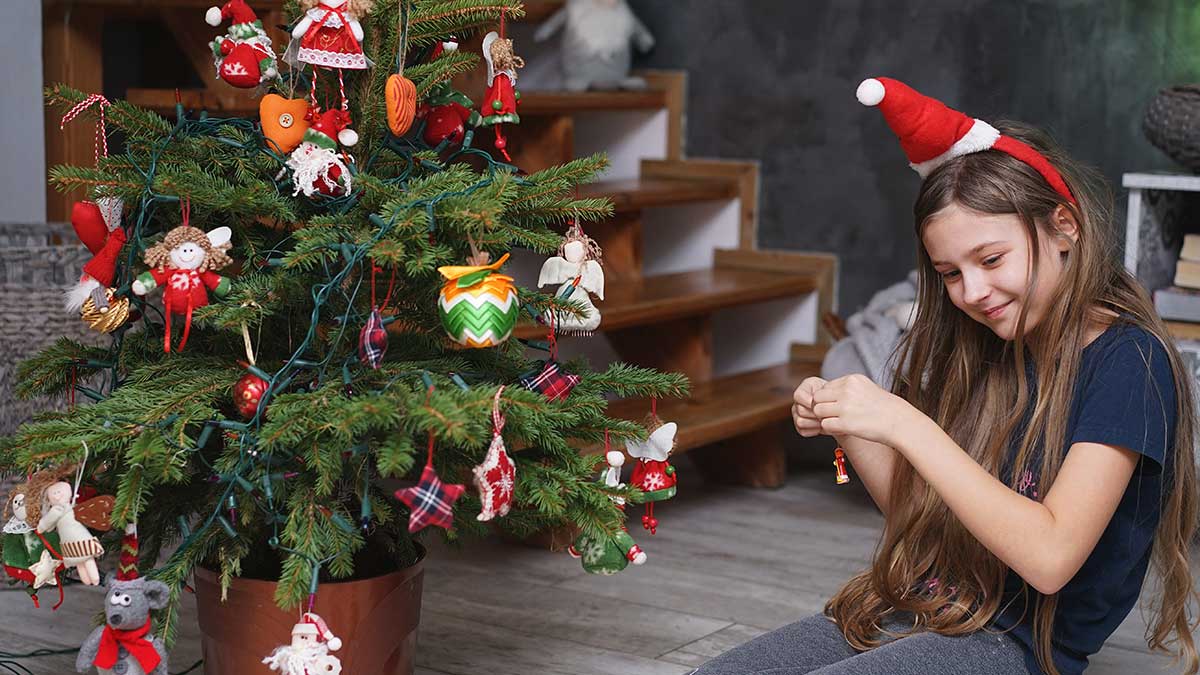The debate over which is better — a real or an artificial Christmas tree — has been raging on for decades, with armies of staunch supporters on both sides. In the interest of full disclosure, this author stands with two feet planted firmly in the real tree camp. So rather than a balanced overview of the situation, you are about to read a pro-real-tree screed with the unabashed goal of conversion.
First of all, of course, come the environmental ramifications of each choice. Which is worse, chopping down, purchasing, and disposing of a live tree every year? Or choosing one plastic one to use year in and year out? To answer this, let’s break it down with some facts provided by the Recycling Council of British Columbia, aptly named The Great Christmas Tree Debate.
A recent study sponsored by Rocket Homes found that 67.4% of Americans buy artificial Christmas trees and 60.5% think they are more sustainable than a live tree. While many variables influence the environmental impact of artificial trees, the Carbon Trust estimates that an artificial tree used between 7 and 20 years carries a lower environmental impact than buying a live tree every year. However, the carbon footprint of an artificial tree is approximately 11 times higher than a natural tree.
Artificial Trees
These are mostly produced in China, Taiwan, and South Korea under lax environmental standards and poor working conditions. Oil is the main ingredient in artificial Christmas trees. And once manufactured, the artificial trees must travel thousands of miles to reach the consumer, burning fossil fuels all the way (ho ho ho!).
Most artificial trees have an average life of seven to 10 years, during which time phthalates used in manufacturing can accumulate in, and damage, the lungs, liver, and reproductive organs.
Artificial trees also cannot be recycled, so they must either be incinerated, which can release carcinogens into the atmosphere. When sent to a landfill, the metal and plastics used can take decades to centuries to break down, still leaving potentially toxic byproducts in the soil and groundwater.
Yikes.
Now, how about the old standby, that slightly lopsided Charlie Brown tree you picked up in the sketchy tree lot that mysteriously appeared in the 7-11 parking lot?

Real Trees
Locally grown trees support local economies, with tens of millions of trees providing employment both year-round and in the temporary season leading up to the holidays. Each acre of Christmas trees produces the daily oxygen needs for 18 people. And the root system of each tree helps to stabilize local soil systems and prevent water sedimentation.
It’s true that improperly used pesticides may have detrimental effects on surrounding natural environments. And a Christmas tree that’s allowed to dry out can pose a fire hazard. But when Christmas passes, the trees are 100% biodegradable and recyclable. Many municipalities have Christmas tree recycling programs that turn old trees into mulch and wood chips to use in garden beds to nourish the soil.
So, if you want to make progress on your environmental impact, live trees are a clear winner, hands down!
But, for this Christmas aficionado, there is another factor that pushes the real tree to the gold medal spot without a shadow of a doubt. You see, a close runner-up to the economic and environmental considerations of real trees is the simple tradition of the thing. I mean, one doesn’t simply walk to the attic and pull an entire Christmas tree from a crumpled cardboard box pre-lit! Where’s the tradition that builds fond memories?
Some of my fondest memories of Christmas are standing in a freezing cold parking lot with my five siblings and exhausted parents, wandering in circles as it became ever-darker, trying to agree on some poor specimen to take home. My little sisters always pined for anemic-looking shrubs, while my brother and I rallied for 8-foot tall monstrosities. Let me tell you, the memories of my parents arguing in a parking lot forest while my father became increasingly apoplectic with rage over the price tags and my toes slowly froze is be one I’ll cherish forever.
Now that’s how it’s done. Merry Christmas!
Want more Christmas tree options? Read 4 Ways to Have the Greenest Christmas Tree
Editor’s Note: Originally published on December 1, 2014, this article was updated in November 2024.
Source link
Madeleine Somerville earth911.com

